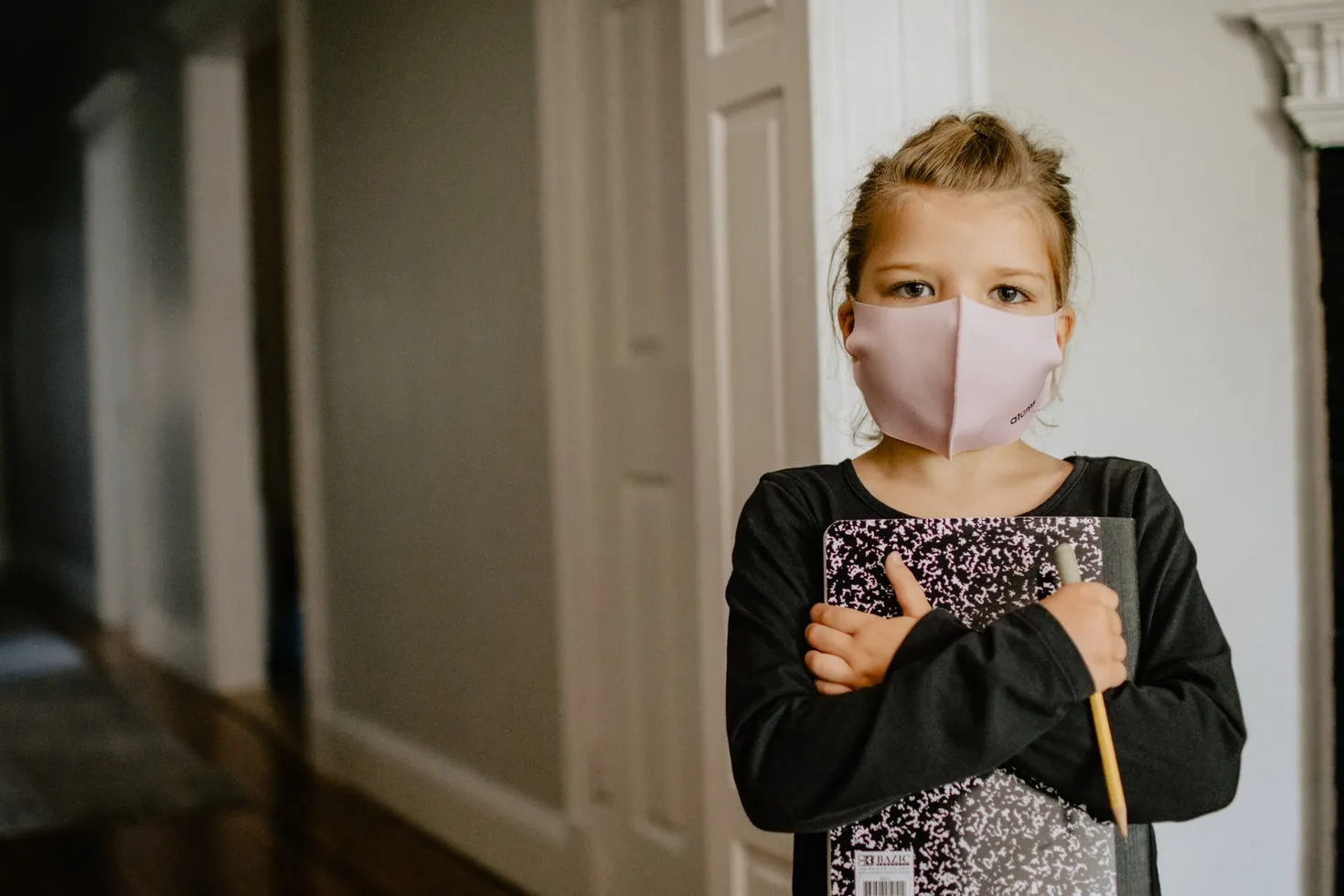
Going back to school in the middle or even after the pandemic is an uncharted territory for both the parents and children. Things have definitely changed. As parents, we need to manage the challenges–as well as our and our kids’ expectations–when it’s time to go back to school.
In the Philippines, the Department of Education (DepEd) already gave the go signal for international schools in Manila to conduct face-to-face (F2F) classes, if they passed the requirements set forth by DepEd and the Department of Health (DOH). At Reedley, we understand the parents’ predicament when allowing their kids to attend physical classes.
Outside your home are invisible threats, and the best way to tackle these is to be proactive about them. So, here are some ways to keep your kids safe during F2F classes.
Ways to keep your kids safe when schools reopen
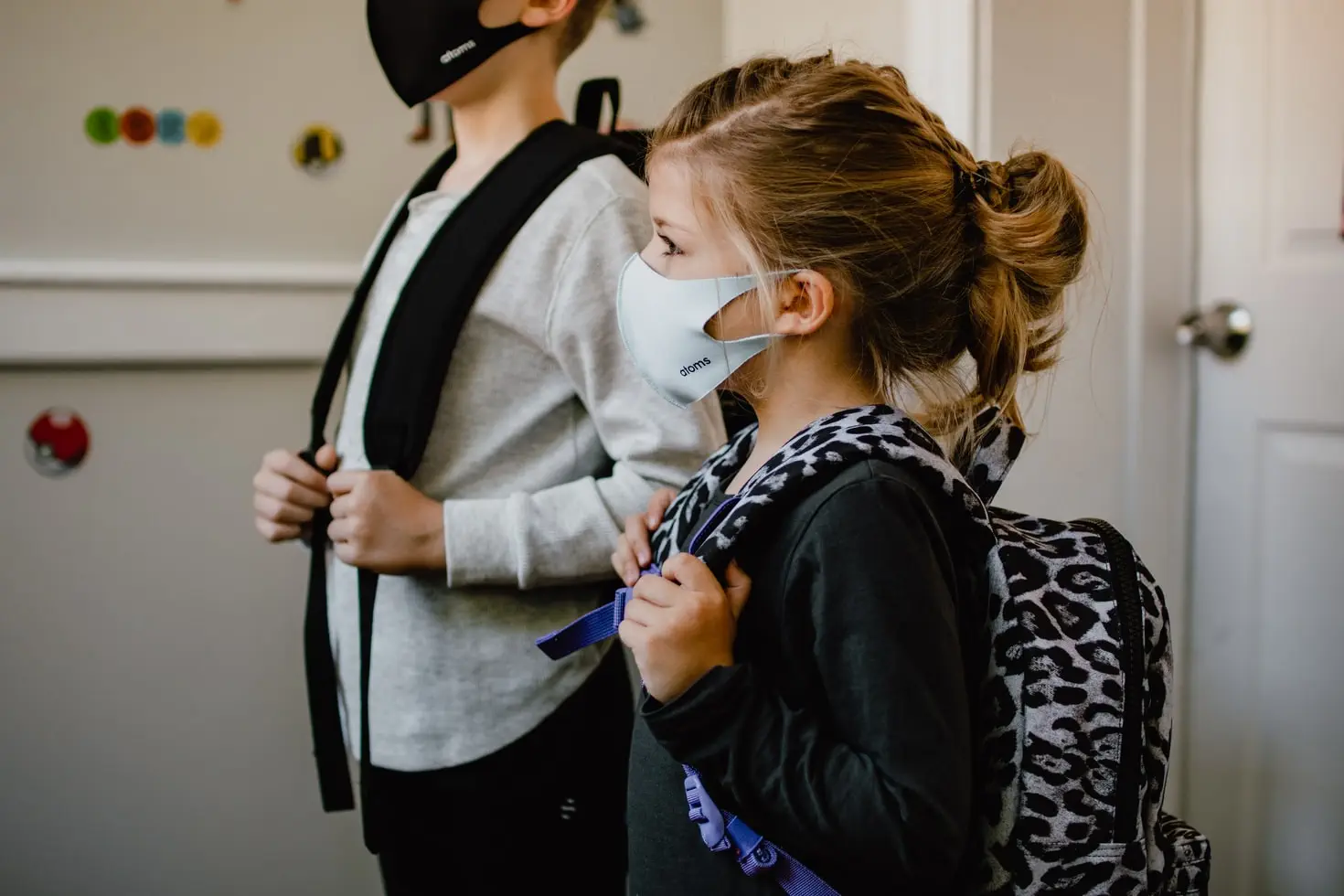
1) Reinforce precautions every day
Days, weeks, or even months before F2F classes start, discuss with your children the daily precautions they need to do from the moment they step out of the house until they return. Afterward, remind them of these precautions every day so these will stick with them.
Explain to them practicing social distancing, wearing a face mask, and washing their hands, effectively keeps any viruses at bay. These are non-negotiable.
- Social distancing
Social distancing cannot be emphasized enough, even if your child is fully vaccinated. Coronavirus spreads from one person to another when people come in contact with each other. Respiratory droplets produced when a person coughs or sneezes can travel up to 6 feet. Thus, the 1- to 2-meter distance between individuals is highly advised. This is especially important because some infected individuals are asymptomatic but nonetheless contagious.
Speaking of vaccination, our body creates antibodies while mimicking the virus causing the disease. Yes, our body develops immunity, but this does not mean you won’t contract the disease given the contact. If the most unfortunate thing happens to you, your body can respond better to the symptoms provided that you are vaccinated.
Furthermore, the American Academy of Pediatrics (AAP) recommends getting kids fully vaccinated. First, the risks of getting seriously sick due to COVID-19 are lowered. Second, and more importantly, they need not spend more time away from learning.

- Wearing face mask
Face masks, especially the medical-grade variety, can effectively filter respiratory droplets. Wearing a face mask is specifically beneficial when in enclosed areas, and social distancing is challenging. But, again, we can never know if the person in front of us is already infected. Therefore, wearing a face mask is your first line of defense.
The AAP also suggests in-school masking based on the study of the number of cases in schools with and without face mask requirements. Schools without such requirements experienced a higher increase in pediatric COVID-19 cases at the F2F classes than schools with the said requirements.
Additionally, this should be observed when children are outside the house. The face mask must:
- Be specially made for children’s use
- Fit snugly without gaps on the side
- Be worn correctly, covering the nose, mouth, and chin
- Worn consistently
- Replaced if wearing a disposable mask and cleaned after daily use if wearing a cloth mask
- Not be shared with other kids in school
Younger children need to keep wearing their face masks because even fully vaccinated adults contract the virus. In addition, the mask helps stop the spread of the virus and other infections like cold and flu.
While at home, you can observe how your child wears his face mask. Show him how to wear and dispose of it properly. Children learn through modeling. Also, when in school, children must have easy access to replacement masks, which means bringing an extra face mask or two when attending F2F classes.
You can ask your child’s pediatrician if you need help choosing a face mask for him. You want to find the face mask that offers your child the best fit and comfort. Or, consult if you have concerns, such as if your child cannot wear a face mask due to medical reasons such as asthma, allergy, or overall discomfort. Also, make sure that your child uses a face mask that does not compromise his breathing.
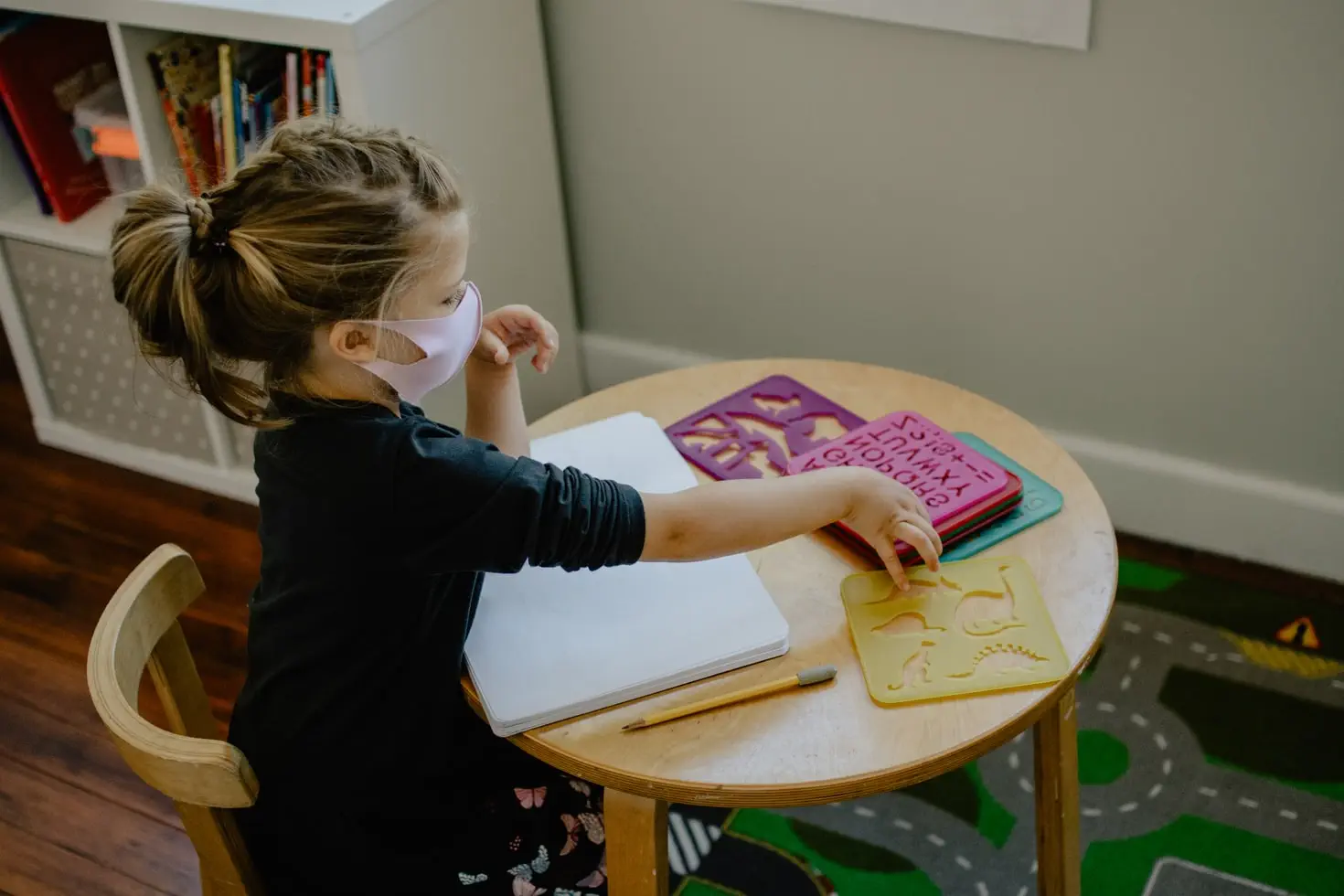
- Handwashing
Potentially infectious droplets linger on surfaces, potentially infecting people who touch them. Even though surface-to-person is not the primary transmission mode, washing our hands regularly minimizes the risk of spreading the virus. Such a defense is paramount for children who mindlessly touch surfaces and bring their hands to their mouth, nose, and eyes when touching the face.
Hand hygiene is one of the most effective and cheapest ways to keep us healthy. Children should know how to wash their hands properly. Here are the steps for proper handwashing:
- Wet the hands with clean running water
- Apply a sufficient amount of soap to cover both hands thoroughly and lather well
- Scrub all surfaces of the hands (backs of hands, between fingers, under fingernails, and wrists) for at least 20 seconds
- Rinse the hands thoroughly with running water
- Dry hands completely using a clean cloth or single-use paper towel
Make it a habit to wash your hands at home. Your child will surely pick up the habit. While at it, encourage your child to wash their hands or apply alcohol or sanitizer at key moments. These are when entering and leaving the classroom and other rooms, touching surfaces, books, and learning materials, and after blowing their nose.
You may teach them to use hand sanitizer with 60% alcohol when soap and water are limited in the meantime. But they should not skip washing their hands if it is readily available. As such, normalize the idea of hand hygiene, including frequent and routine hand washing.
2) Be aware of the school’s safety measures
While small class size is an advantage, putting children in a confined area for several hours comes with its risks. Schools will surely implement the basic protocols mentioned above to minimize the risk, but some would employ additional restrictions that your child needs to follow. Of course, the goal is to minimize or, better yet, eliminate the spread of COVID-19.
Before the F2F classes start, it would be very helpful to communicate with the school management. For sure, the school adheres to the requirements, but you want to make sure they are and what additional measures are there. In this way, you would know what the children need to follow and give them a heads up on the information.
Overall, schools are proactive about communicating with the parents. For example, they take the initiative to let the parents know what they are doing when opening the school for F2F classes. Still, parents need to ask these questions to ensure their children are safe and protected when at the school premises.
- What changes are implemented in classrooms, gymnasium, cafeteria, and hallways to accommodate social distancing?
- How do you go about disinfecting the school and its facilities?
- How will you go about doing sports, clubs, and other group activities?
- Are hand sanitizer/alcohol readily available at entrance points?
- What happens when a teacher or student gets sick while in school?
- Are the teaching staff and administrative staff fully vaccinated?
- What is the school’s plan if someone attending F2F classes tests positive for COVID-19?
The more you are informed about these things, the better your child will navigate the challenges of the F2F classes.

3) Talk to your child
You might as well listen to your child’s concerns and answer questions to the best of your ability. Remember that you are your children’s confidante and perhaps the only trusted source of reliable information. So be available and prepared to answer questions.
Your presence is more than welcome, especially if your child shows anxiety as the F2F classes start date gets nearer. As such, you play a vital role in making your child feel comfortable with the idea and what she needs to remember when inside the classroom, for instance.
Some children find it challenging to communicate their concerns. Others are not ready or do not want to reveal vulnerabilities. Accordingly, it would be better to initiate this awkward conversation. But don’t make it sound alarming.
Listen to what they have to say intently, empathize with them, and reassure them that you and the school management are doing everything to make the school a safer place for every student, including him.
When the schools closed down, we realized how crucial in-person school learning is for our children’s growth and development. As schools reopen, we parents should keep our guards up. Above are preventive measures that can keep our children safe inside and outside the classroom. Make sure that your child is aware of these things, so he can also take a more proactive role in protecting himself and others when in school.
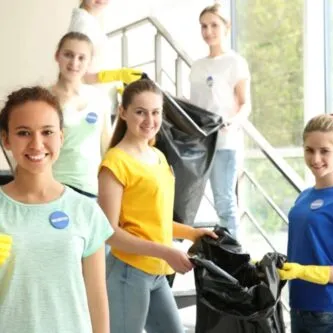
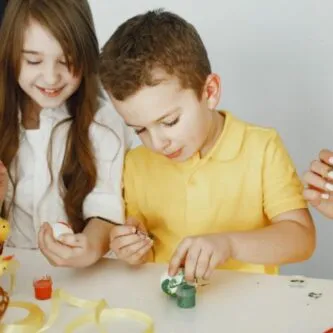




-logo.png)



